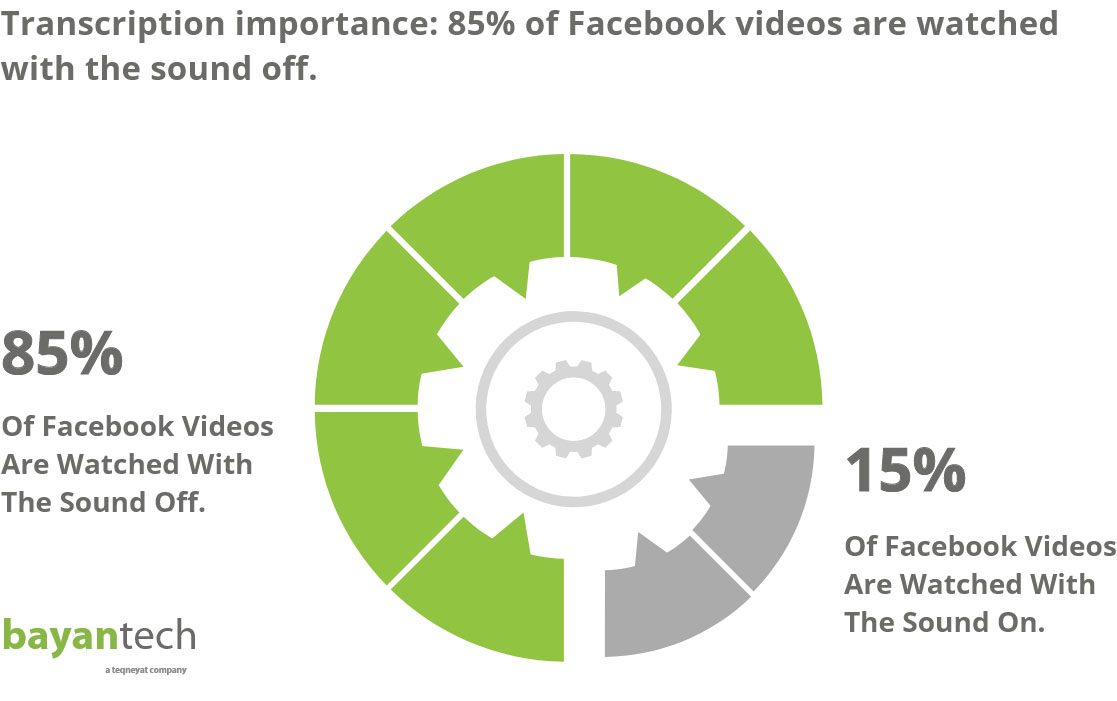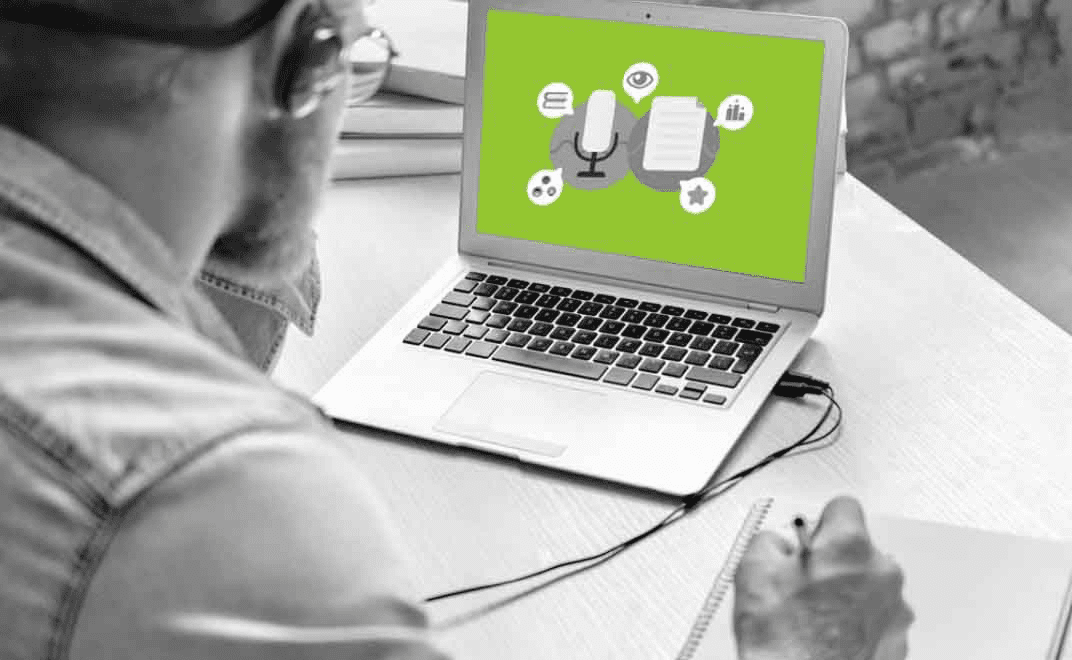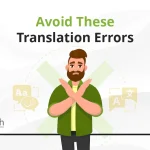From legal hearings to the social sciences, and to international journalism, many fields rely heavily on interviews.
When it comes to journalism, interviews help us include the insight of those experiencing your subject of interest in the first person. As journalist María Emilia Martin noted,
“We use the interview to expand upon the basic ‘who, what, where, how, when and why’ of newsgathering. This is true whatever beat we may be covering: health, economics, politics(…) the interview is the way in which the voices of not only experts but also the people most affected by these issues will be heard.”
But, regardless of your discipline, after we’ve conducted your interview, the next necessary step is preparing it so it can be included in your report, handled along with the rest of your research data, or shared with your colleagues. While the recording of your interview is very valuable, it’s wise to transcribe it.
Transcribing your interviews can streamline your work process, make your interview accessible to the disabled, and make it easily scannable, along with other benefits.
Why Interview Transcription Matters
We live in an increasingly interconnected world. Regardless of where you live, your nation’s political, economic, and cultural events exceed its borders. Consequently, we’re more interested in what’s going on abroad than we’ve ever been. For instance, in the last 20 years, the US Media’s interest in foreign politics has increased by 102%,
according to a study from the Pew Research Center.
This makes a solid case for the advantages of transcribing interviews. Having your interviews transcribed can facilitate the work of both editors and translators. In some cases, the interview itself will need to be translated so it can be enjoyed by the news outlet’s audience, whether they’re reading it or watching it with subtitles. If the interview will be subtitled, the transcription will be a necessary previous step to subtitling.
Moreover, the need for swift, accurate reporting of events from around the globe often requires people with no prior experience in interview transcription to roll back their sleeves and get it done. Transcription is known to be a tedious process. In fact, it’s often said that it takes 60 minutes on average to transcribe 15 minutes of clear audio. But there has to be a way to make this process dynamic and time-effective. In this post, we’ll take a look at three of the most methods of transcribing interviews, when they’re used, their pros, and their cons.


The Easy Way: Automated Transcription
The best place to start explaining how to transcribe an interview is the start.
It’s usually recommended that you listen to the full recording before any attempt at a transcription. Ask yourself: How long it is? Is the audio quality good? Is the voice of the speaker isolated? Is there only one speaker?
In these cases, you may count on the assistance of an audio-to-text converter. Such tools can produce very accurate transcriptions when the audio is clear, the speakers talk at a moderate pace and don’t have heavy accents. If you’re wondering how to transcribe an interview faster, automated audio to text converters may be your best choice.
While these tools can make your work easier and less time-consuming, don’t expect perfect outputs. Not even the best software for transcribing interviews should handle the whole project. Don’t hesitate to revise, proofread, and polish the automated converter’s
product. In the end, a transcription will most likely be the foundation for another process. So, if the transcription doesn’t meet the mark, it will harm the overall quality of the project.
While automating may be considered the easiest among easy ways to transcribe interviews, there is considerable room for error. And some source material isn’t even fitting for an attempt.


The Hard Way: Manual Transcription
But, what if the audio quality is poor? What if it’s noisy, if the volume is irregular, or there are several different voices interrupting each other? Then, the wisest approach would be manually transcribing the interview. By doing so, you will get a more accurate transcription at the expense of time, so it is wise to plan your course of action by setting up the proper tools and defining an organized workflow.
Transcription software can make a world of difference. Some tools allow you to hot-key the play button while writing down the text, chopping the audio, and putting time marks so you don’t get lost in the audio, nor the text file. Alternatively, you could bind a key for the play-pause button of your audio player and use a traditional text editor. Dedicated software is a “nice-have”, not a “must-have”. Headphones, on the other hand, are an absolute “must”. Defining typing shortcuts for repeated words, placeholders for the speaker’s names, and using auto-correct tools will make your workflow more dynamic. Further proofreading is advisable since even minor errors could compromise the transcription’s quality.
Sign up to our newsletter to receive the latest blogs and news

The Best Way: Hire a Professional
Sometimes, there’s just no one in staff that has time for this project, or who knows how to transcribe an interview. And if your interview is in a foreign language, we’ll clearly need to contact an expert.
The best way to handle transcription work is to reach out to a professional.
This will grant you a top-notch work, made by experienced transcription professionals, and subjected to exhaustive proofreading.
Transcription companies also provide time-coded transcriptions, in a very scannable and convenient format, that will save you lots of time and guarantee that you can move forward to the next step.
On the other hand, if you’re dealing with interviews conducted in a foreign language, it’s best to reach out to a world-class translation company that offers transcription services. By partnering up with a Language Services Provider, you’ll make sure that the material will be in the hands of a speaker of this foreign language, who will render the audio accurately. It’s also worth mentioning that hiring a translation company to both transcribe and translate an interview usually results in a particularly agile, predictable, and convenient process.
Boost the value of your audio and video content !
Start Your Transcription Project Today!









